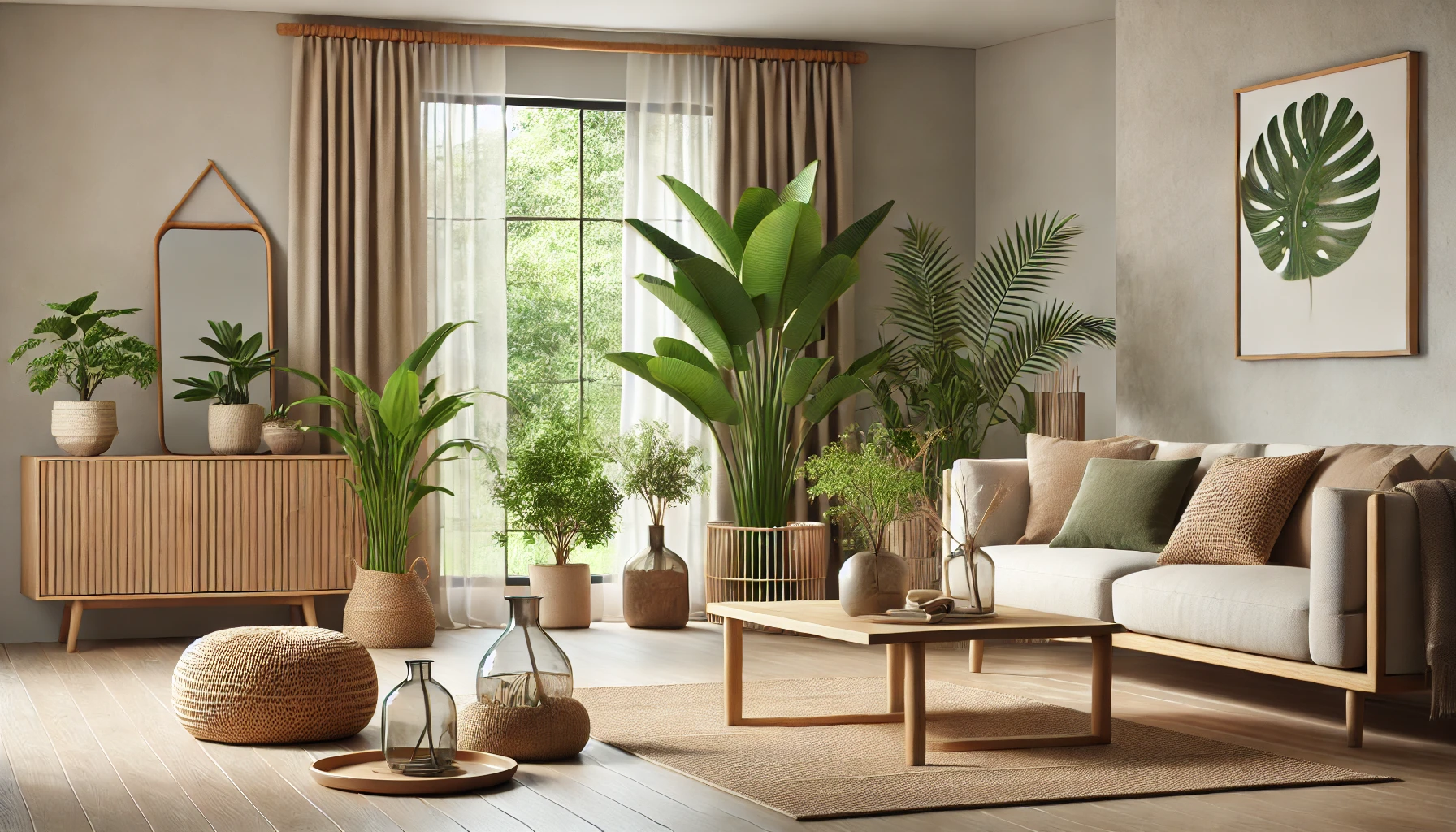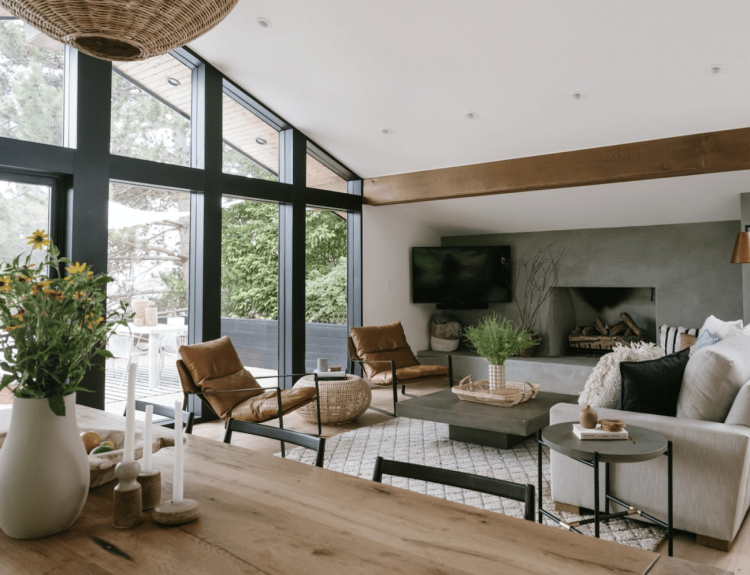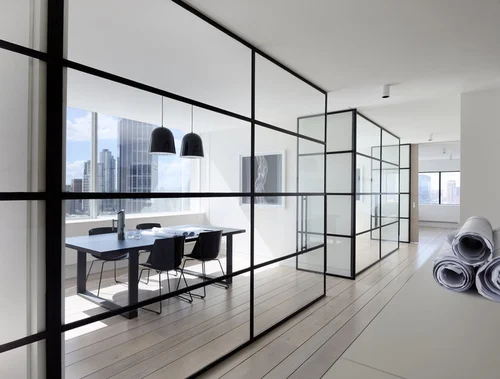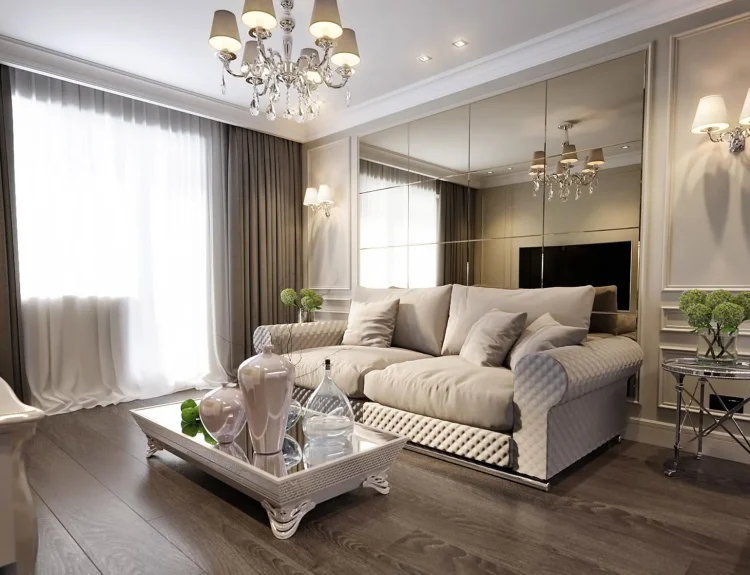Sustainable living is no longer just a trend—it has become a necessary approach to how we live, consume, and design our spaces. Eco-friendly interior design goes beyond aesthetics; it embodies a commitment to reducing environmental impact while creating a healthy and beautiful home. Embracing green design principles not only helps protect the planet but also improves indoor air quality and often results in long-term savings on energy and maintenance. If you’re looking to transform your home into a sustainable sanctuary, understanding the essentials of eco-friendly interior design is a great place to start.
Understanding Eco-Friendly Interior Design
At its core, eco-friendly interior design focuses on using materials, methods, and technologies that minimize harm to the environment. This means prioritizing energy efficiency, reducing waste, and choosing materials that have a low environmental footprint. Beyond benefiting the planet, sustainable interiors contribute to better health by reducing exposure to harmful chemicals commonly found in conventional building products. The goal is to create a living space that is not only stylish but also supports a greener lifestyle.
Choosing Sustainable Materials
One of the most impactful ways to embrace eco-friendly design is through your choice of materials. Sustainable interiors often incorporate natural, renewable resources such as bamboo and cork, which regenerate quickly and require less energy to produce than traditional hardwoods.
Reclaimed wood has gained popularity for its rustic charm and environmental benefits—it gives new life to materials that might otherwise end up in landfills. Equally important is avoiding paints and finishes that release volatile organic compounds (VOCs), which can pollute indoor air and pose health risks. Opting for low-VOC or natural alternatives ensures a healthier environment for you and your family.
Energy-Efficient Lighting Solutions
Lighting plays a pivotal role in sustainable interior design, influencing both ambiance and energy consumption. Modern LED bulbs consume significantly less power and last much longer than traditional incandescent lights, making them an obvious choice for anyone looking to reduce their carbon footprint.
Beyond artificial lighting, designing spaces that maximize natural light can drastically cut energy use during the day. Thoughtful window placement and the use of reflective surfaces can brighten rooms naturally, reducing the need for electrical lighting. Some homeowners also explore solar-powered lighting options, especially for outdoor and garden areas, further enhancing energy efficiency.
Furniture Selection with Sustainability in Mind
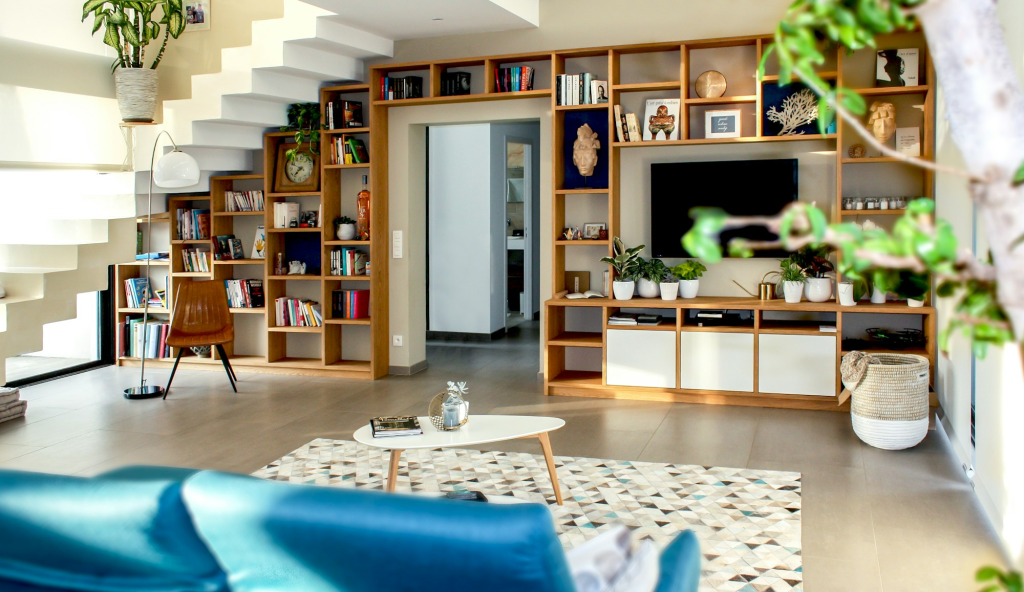
Selecting furniture with sustainability in mind means considering both the materials and the lifecycle of each piece. Instead of buying brand new, many eco-conscious individuals turn to second-hand, vintage, or upcycled furniture, giving items a second chance while preventing waste.
When purchasing new furniture, materials like reclaimed wood or recycled metal signal an environmentally responsible choice. Supporting local manufacturers who prioritize eco-friendly practices also helps reduce the environmental impact of shipping and supports community economies. Choosing well-made, durable furniture ensures it lasts longer, reducing the frequency of replacement.
Incorporating Indoor Plants for Health and Style
Indoor plants are more than decorative accents—they actively improve air quality by filtering toxins and increasing oxygen levels. Plants bring a sense of tranquility and connection to nature, enhancing both mood and aesthetic appeal. For those new to indoor gardening, low-maintenance plants like snake plants and pothos thrive in various light conditions and require minimal care, making them ideal for sustainable homes. Incorporating greenery creatively, such as through hanging planters or vertical gardens, can transform ordinary rooms into vibrant, eco-friendly spaces.
Waste Reduction and Recycling Tips
Reducing waste is a cornerstone of sustainable design, especially during renovations or redecorations. One effective approach is choosing modular and multi-functional furniture, which serves several purposes and takes up less space. This not only limits consumption but also reduces clutter. Setting up dedicated home recycling and composting stations encourages household members to manage waste responsibly and stay mindful of their environmental impact. When undertaking construction projects, careful planning to minimize leftover materials and reuse scraps can significantly cut down on waste sent to landfills.
Eco-Friendly Flooring Options
Flooring choices dramatically influence the sustainability of an interior space. Materials such as bamboo and cork offer renewable alternatives to conventional hardwood, with bamboo growing exceptionally fast and cork harvested without damaging trees. Reclaimed hardwood floors preserve natural resources while adding unique character to a home. Natural fiber rugs made from jute, sisal, or wool provide soft textures without the environmental downsides of synthetic carpets. Choosing flooring that avoids harmful adhesives and chemicals further contributes to a healthier indoor environment.
Water Conservation Techniques in Interior Design
Sustainability in interior design extends to water use, where conservation is vital. Installing water-efficient fixtures like low-flow faucets and dual-flush toilets helps reduce consumption without sacrificing comfort. Incorporating drought-resistant plants inside the home and in interior landscaping minimizes watering needs, supporting a water-wise lifestyle. Some eco-conscious homeowners go further by integrating rainwater harvesting or greywater reuse systems, which collect and repurpose water for non-potable uses, thereby reducing demand on municipal supplies.
Smart Home Technologies for Sustainability
Technology has become a powerful ally in creating sustainable homes. Energy monitoring systems provide real-time feedback on consumption patterns, helping homeowners make informed decisions to cut waste. Automated controls for heating, cooling, and lighting adjust settings based on occupancy or time of day, optimizing energy use without constant manual intervention. For those investing in renewable energy, integrating solar panels or wind turbines with smart home systems allows seamless management of energy production and storage, maximizing efficiency and reducing reliance on nonrenewable sources.
Creating a Timeless Design to Reduce Waste
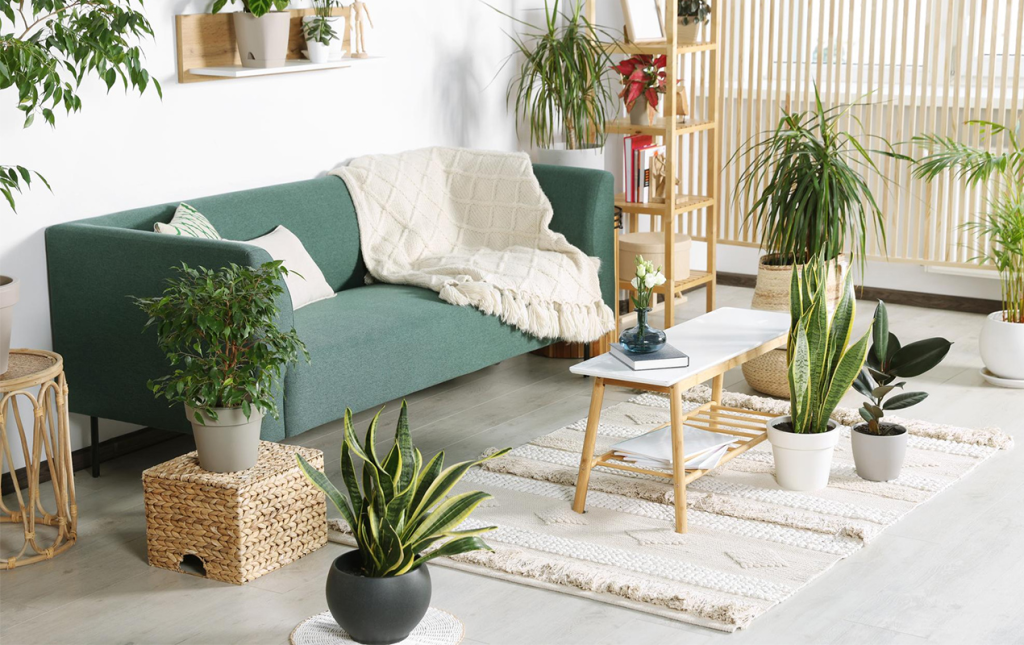
A sustainable home isn’t just about choosing green products; it’s about making design choices that stand the test of time. Investing in classic, durable furniture and finishes prevents the need for frequent replacements driven by fleeting trends. Prioritizing quality and timelessness encourages repair and refurbishment over disposal, further reducing waste. By thinking long-term, homeowners not only create aesthetically pleasing spaces but also contribute to a more sustainable cycle of consumption.
Eco-friendly interior design is an inspiring journey that blends creativity with responsibility. By focusing on sustainable materials, energy-efficient solutions, thoughtful furniture choices, and smart technologies, you can transform your home into a sanctuary that respects both people and the planet. The transition may start small—perhaps with a new houseplant or switching to LED bulbs—but each step brings you closer to a healthier, more sustainable lifestyle. Embrace these tips and enjoy the long-lasting benefits of a truly green home.

